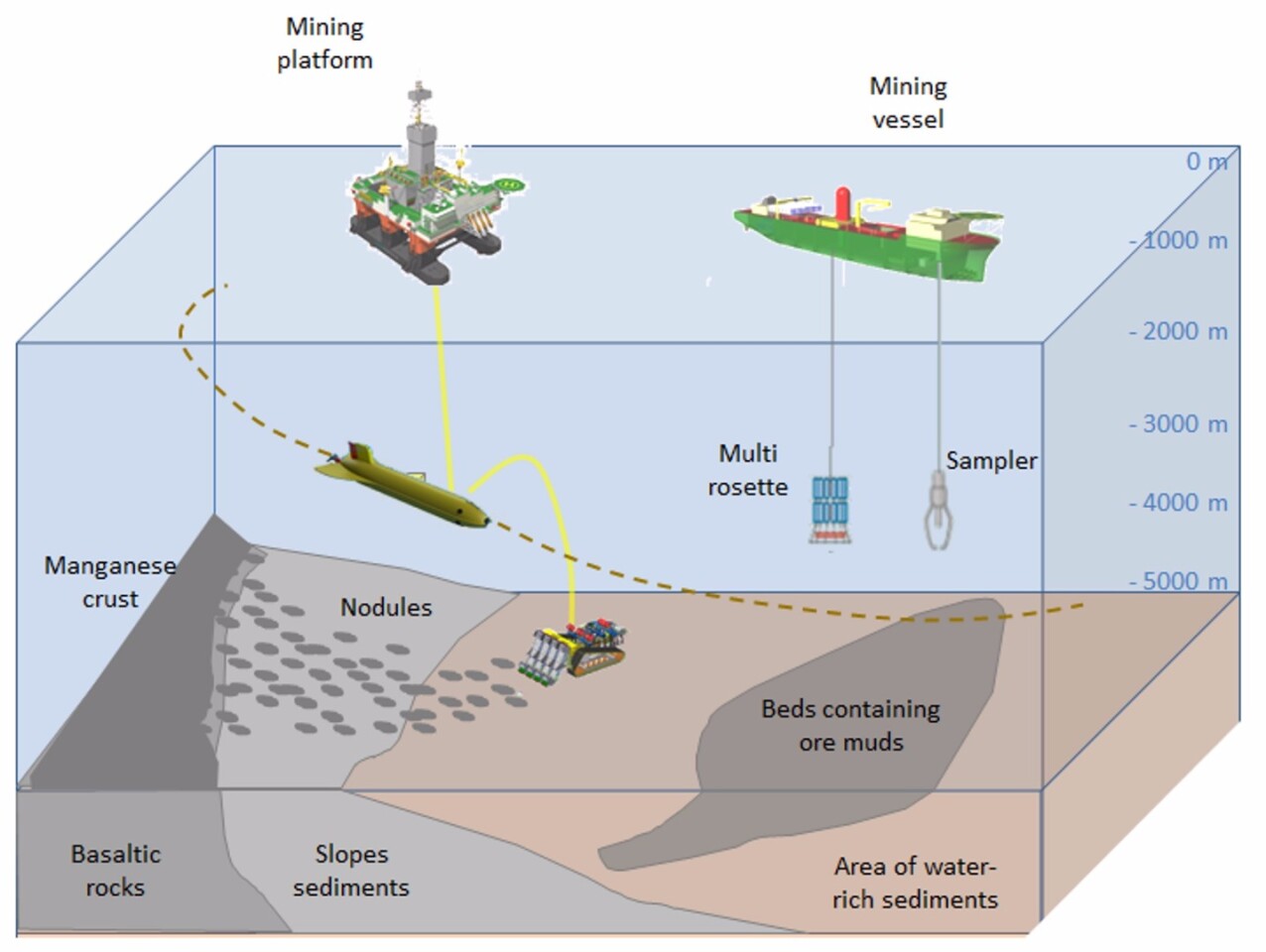The deep sea is the new frontier for mining, oil exploration, and other industrial activities as they leave the continental shelves for areas miles beneath the ocean surface. Along with this comes greater dangers to the environment, which will require constant monitoring. To provide the needed eyes, Britain's National Oceanography Centre (NOC) and partners are developing the BRIDGES Glider. As Europe’s first ultra-deep-sea robot glider, the craft is capable of reaching 75 percent of the world's oceans to depths of up to 5,000 m (16,400 ft).
The Bringing together Research and Industry for the Development of Glider Environmental Services (BRIDGES) Glider is a joint project of 19 European partners funded with €8 million (US$8.6 million) from the EU's Horizon 2020 program. Based on the SeaExplorer glider, the BRIDGES Glider project is building and testing a pair of deep glider prototypes in collaboration with a wide range of industries and experts. The NOC's part is to provide pressure tolerant structures and the propulsion system, and conduct sea trials.
BRIDGES will use a new modular payload architecture, which means its nosecone and other components can be swapped out to suit each mission's needs. The project will develop new sensors, new operations methods and data management/communications/control systems aimed at making the glider economical, robust, and easy to relocate and deploy. In addition it will be capable of autonomous operations on cruises of up to three months at depths of up to 5,000 m (16,400 ft). It will also have a special capability for monitoring sedimentary plumes, which mining operations can create and could have a considerable impact on marine ecosystems.

The final test of the BRIDGE Glider is scheduled for September 2019 off the southeast coast of Ireland. The tests will include risk and reliability techniques to assess gilder failure under particular conditions.
“The development and integration of sensors that can work at these depths will be a real challenge," says NOC project leader Dr Mario Brito. "It is something that has not been done before and so the science behind it is really innovative. Furthermore the range of sensors this glider can carry makes it well suited to a wide range of applications, both within research and industry."
Source: NOC






